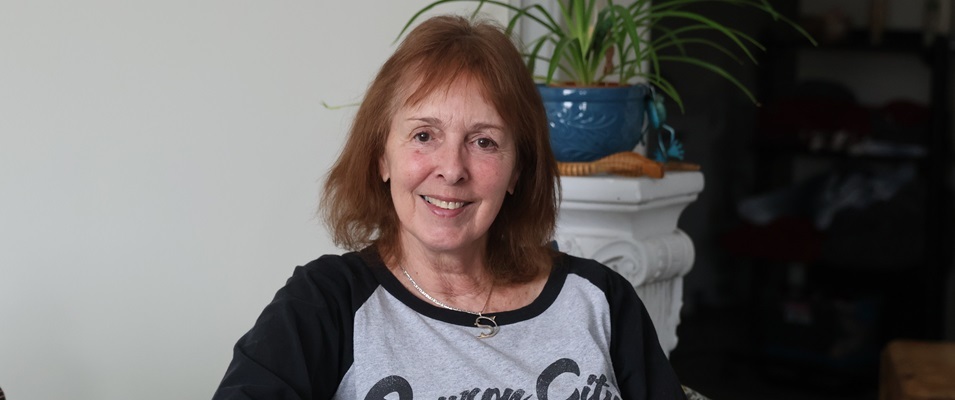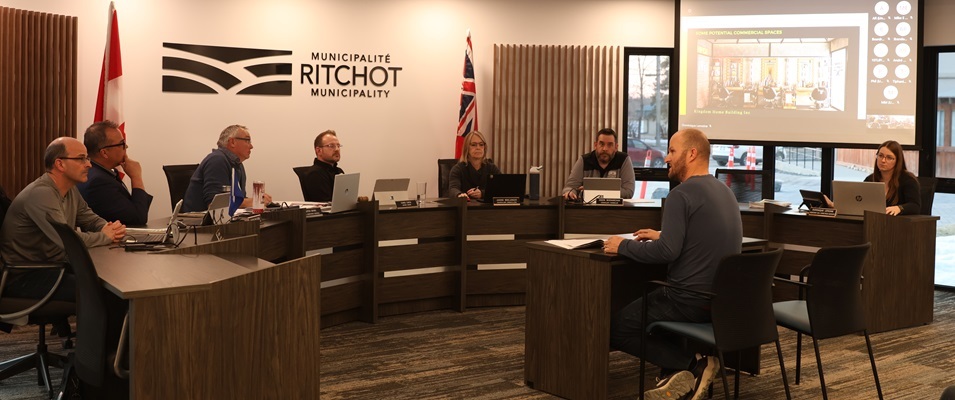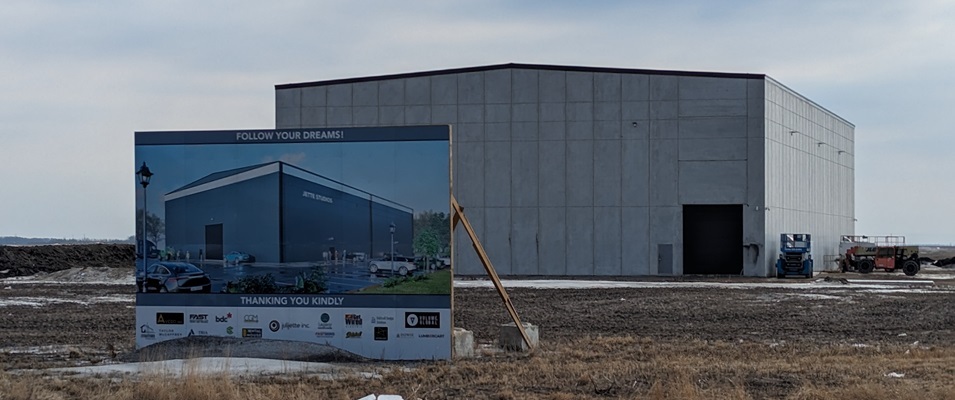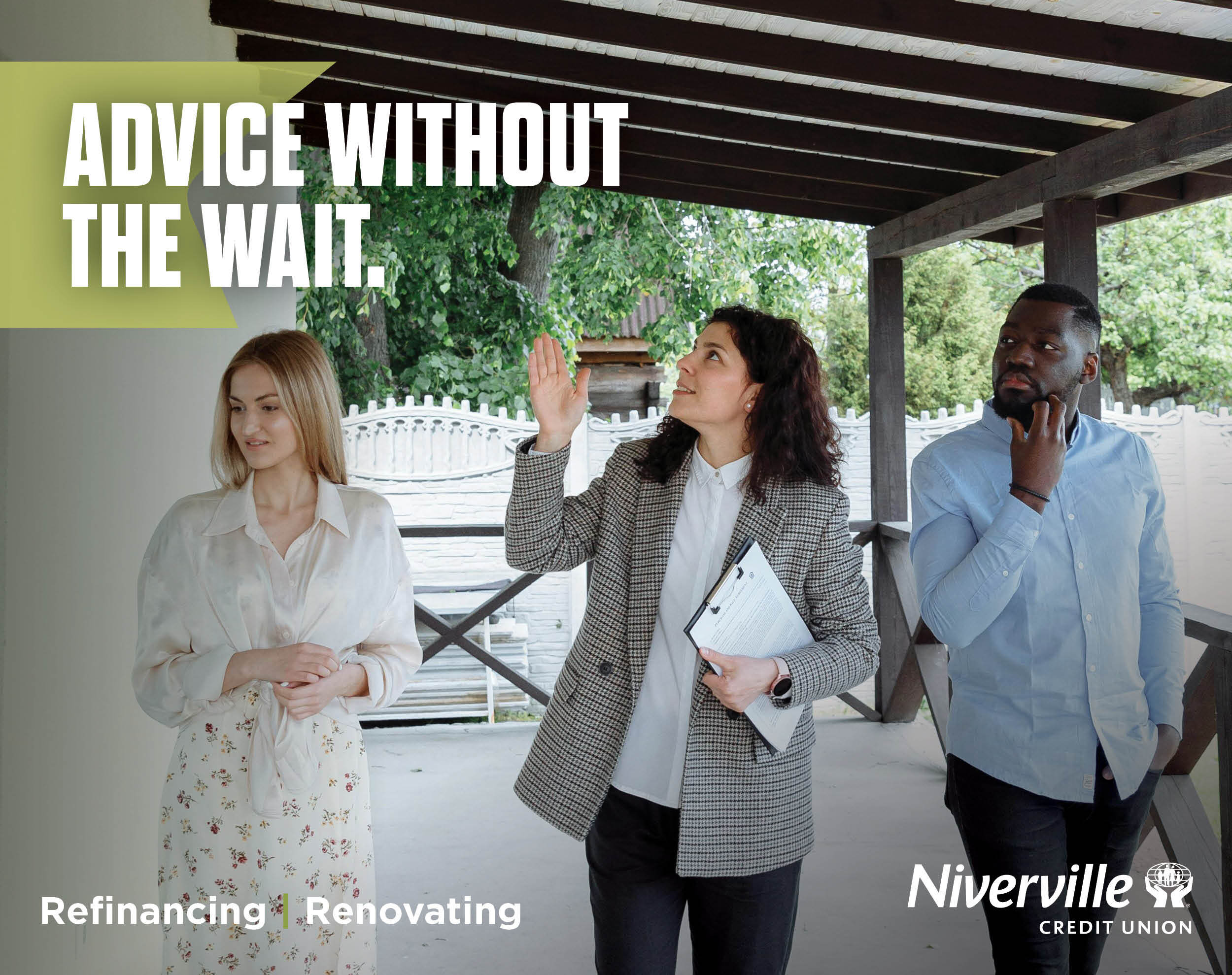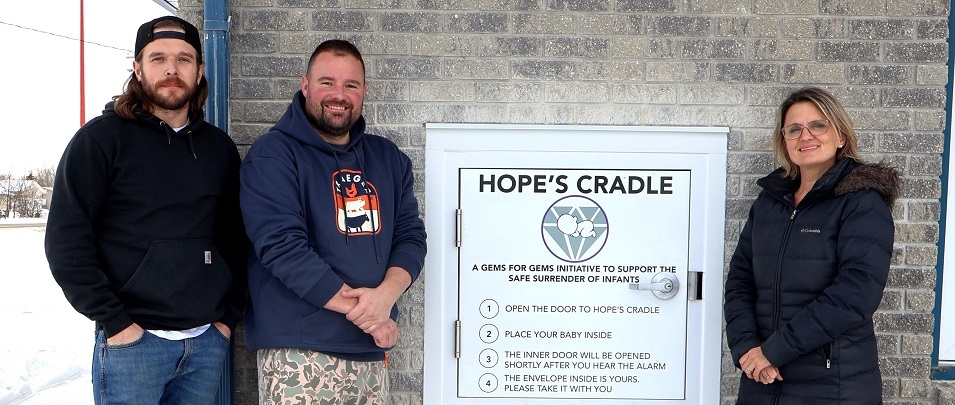
A unique new feature is being installed at the Landmark Fire Hall which is the first of its kind in Manitoba and the second in all of Canada.
In just a few short weeks, Hope’s Cradle will be ready to operate as a safe surrender station for newborn infants, providing complete anonymity for the mother, father, family member, or other party leaving the child behind.
Using a small exterior door for access, the infant can be placed in an available bassinet in a temperature- and ventilation-controlled box. Once the door has been opened, the caregiver has two minutes to place the child in the cradle, close the door, and vacate the site before a silent alarm informs members of the RM of Taché Fire Department about the drop.
A built-in camera allows emergency personnel to monitor the baby until emergency crews arrive. From here, the child will be delivered to a local hospital and eventually placed in the hands of Child and Family Services.
The initiative for this local surrender station began with Susan Penner, executive director of Life Culture, a Steinbach-based organization whose objective is to promote life at all stages of human existence.
Penner reached out to Gems for Gems, an organization based out of Calgary with a mandate to empower women to empower themselves.
“I had heard about [Hope’s Cradle] when it first started,” Penner says. “What really prompted me was when an abandoned baby was found in Winnipeg last spring in a garbage dumpster. I thought, ‘We really need something like this in Manitoba,’ because for every baby that is found, there’s also others that this has happened to that have not been found.”
In November 2022, Life Culture put out a fundraising challenge to their many supporters with the ambitious prospect of raising the $20,000 needed to bring the first Hope’s Cradle to Manitoba.
Just one month later, and with the assistance of a number of generous Landmark-based donors, the entire financial goal was met.
Penner says that she received almost immediate buy-in from the RM of Taché and their fire department.
“Landmark is a great central location,” Penner says. “It is 30 minutes from Winnipeg and Steinbach, with many communities in between. Although located in Landmark, this is really a regional project.”
The primary goal of the initiative is to help prevent the unsafe abandonment of infant children. But the founders of Hope’s Cradle believe in the need to support the mother as well, who is oftentimes the person surrendering the child out of complete desperation and hopelessness.
Within the bassinet where the infant is placed is an envelope for the mother to take. Inside she’ll find a document informing her of her rights along with details on what will happen to her child from that moment.
As well, there is a postage-paid envelope that the mother is encouraged to use to send in pertinent medical information that might affect the baby’s future and, if she chooses, a personal letter to eventually be read to the child.
The envelope can be mailed through Canada Post and contains no return address, providing the mother with complete anonymity.
“There’s also resources in the envelope, too, so the mom can get help for various things,” Penner adds. “We try and make it as easy on her as possible.”
Penner says that she’s recently become aware of other organizations around the province that are raising money for more Hope’s Cradle stations. Eventually, Penner hopes that it will become a standard addition to every fire hall across the country.
Fire halls, she says, are good locations because they are widely recognized as safe institutions that can be found in almost any community.
“It’s also a little more anonymous than a hospital or a church,” Penner adds. “If you have a hall that’s staffed 24/7, there will always be someone there when the baby is surrendered. If it’s not staffed [around the clock], then an alarm goes off and hopefully within minutes somebody’s there.”
The installation of the Hope’s Cradle in Landmark is being completed by two professionals from Calgary who have experience with the complex and sophisticated nature of its setup.
After that, it will go through a testing phase until it’s proven fully operational. Penner anticipates that it will be ready for use by early March.








